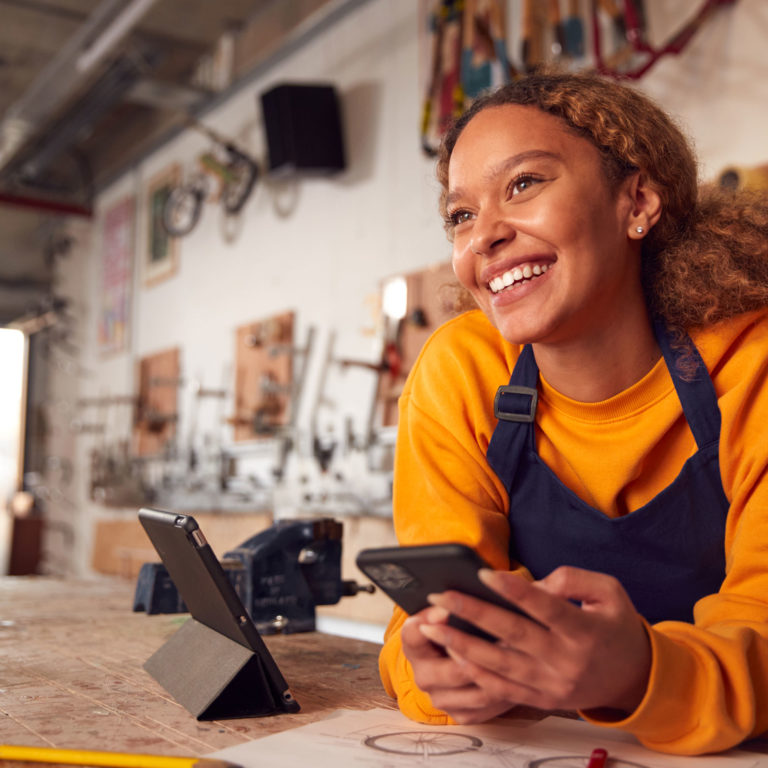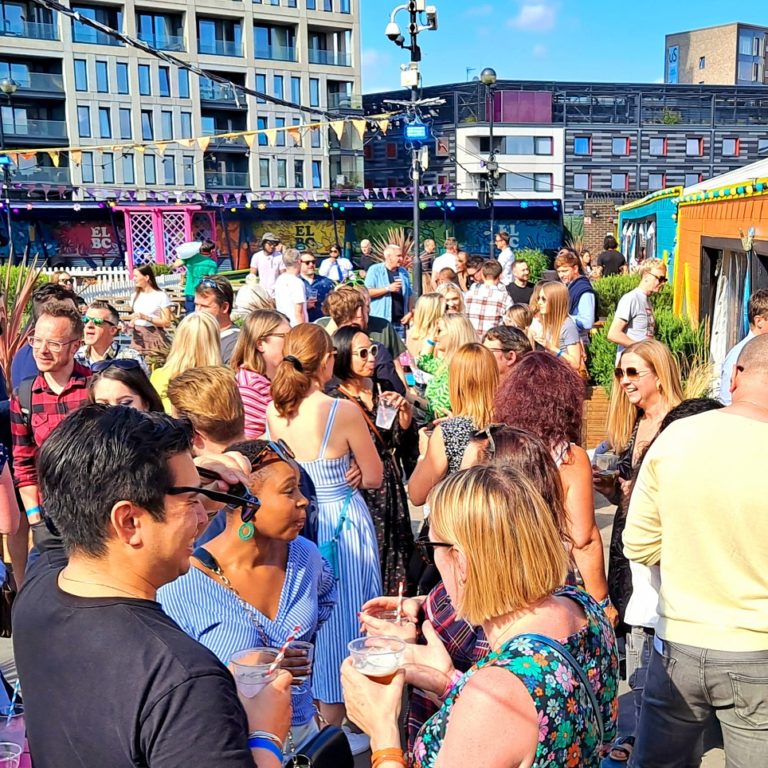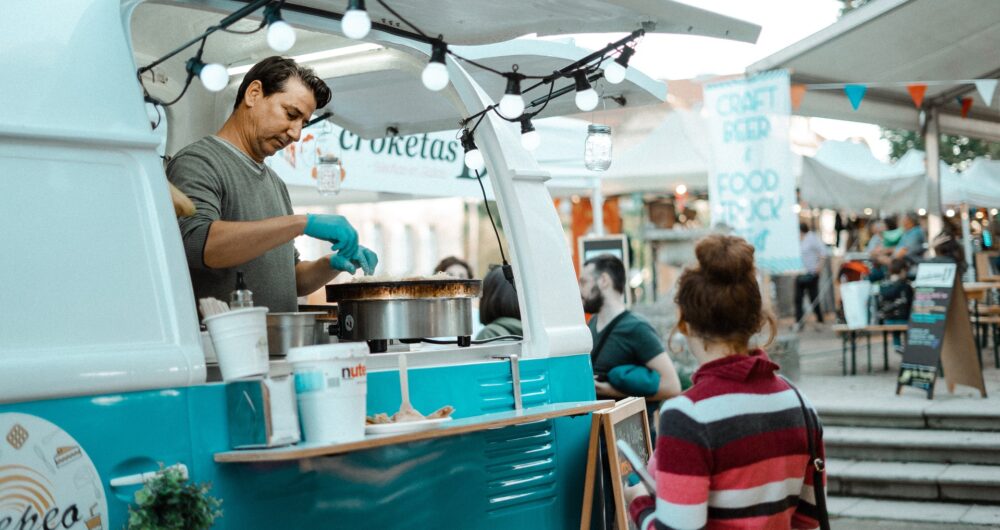

Covid-19 has diversified consumer habits across the eating out sector, facilitating a shift from traditional dining to convenience-orientated or experiential means.
Those operating in the restaurant industry were forced to adapt business models, allowing for many less established and local brands to expand their reach to new customer bases, whether through utilising delivery aggregators, subscription boxes or launching into the food truck / pop-up market.
The growing street food market presents a massive opportunity for bigger brands to test the waters with new products and target new audiences.
In recent years, the shift towards an experience-orientated economy, where trying new experiences defeats conventional shopping choices, has allowed for the resurgence of the street food market, supported by increased consumer consciousness towards buying locally.
In the UK, there are now dozens of day-and-night food trucks and pop-up marketplaces spread across cities with hundreds of traders selling food to an ever-growing, ever-hungry fan base. For a few pop-up restaurants, the right concept, model, and capital investment, has allowed them to expand onto the high street with successful brick-and-mortar venues, such as Pizza Pilgrims, Honest Burgers and Meatliquor, to name a few.
Pop-up restaurants present a great opportunity for bigger, more established eating out brands too. For those with a pre-established consumer base and an online following, pop-up provides an ideal channel to test new product ranges and engage with wider audiences.
QSR conglomerate McDonald’s offered a one-day luxury pop-up experience in Kensington, London. Featuring butlers, a string quartet, silver cloches, and gold cutlery, McDonald’s utilised the pop-up framework as a publicity stunt to launch their Signature Collection, now a staple piece to their UK menu. In the days following the campaign, McDonald’s witnessed a 7% growth in buzz in London along with an increase in advertising awareness of 10% in London over the same period. More recently, Burger King tested the waters by introducing a ‘Poop Emoji Ice Cream’ accessible via food trucks to promote the brand’s dessert range becoming 100% free of artificial ingredients.
Looking at data from BrandVue, Savanta’s daily brand tracking tool, we can see that almost 1 in 3 consumers listed ‘convenience’ as a reason for choosing a place to eat in the last 12-months, with stay at home restrictions having accelerated the demand for getting meals quick and ready-to-eat. In this context, the advantage of mobile food facilities over brick-and-mortar restaurants is their ability to move closer to audience hotspots consumers, as opposed to being restricted to a particular location and audience.
During lockdown, eating out brands found ways to combat this by delivering new product ranges through off-premises channels such as third-party delivery, order ahead and pick up, but delivery radius is still dictated by location. Furthermore, BrandVue data on brand sentiment during the lockdowns highlighted that customers who used delivery aggregators typically stuck with brands that were familiar, rather than looking to try new products.
Pop-ups’ portability model allows for both flexibility in changing locations as well as the ability to easily transport food products from central prep kitchens. With more direct routes to core markets, acquiring footfall for new product testing can be significantly more attainable. The approach seems simple; you go to them, not hope they come to you.
As such, the growing street food market presents a massive opportunity for bigger brands to test the waters with new products and target new audiences. Now that lockdown restrictions are a thing of the past, successful brands will be the ones to utilise the street food market as a tool to aid quick-service customer expansion and product testing, in the new eating out landscape.




